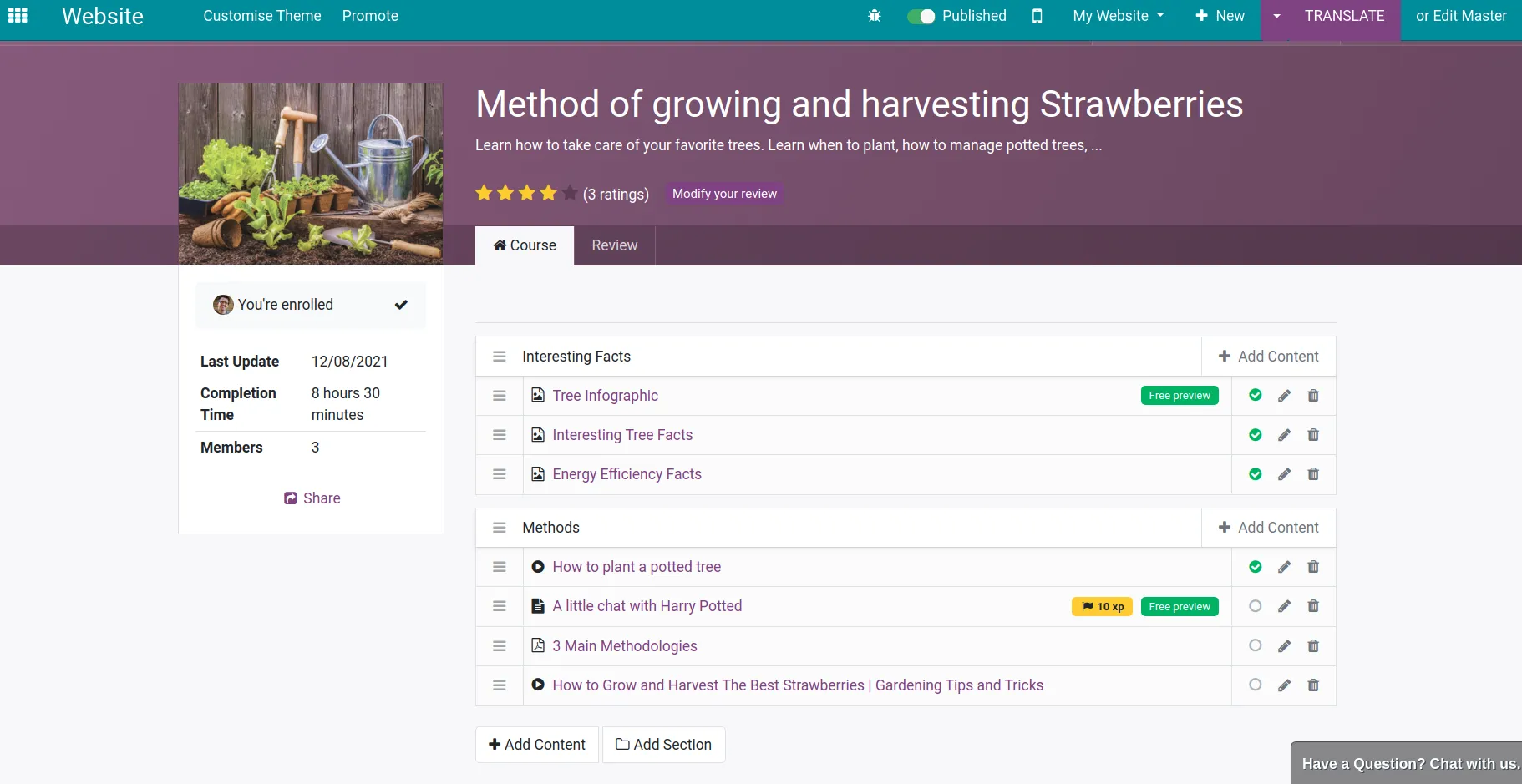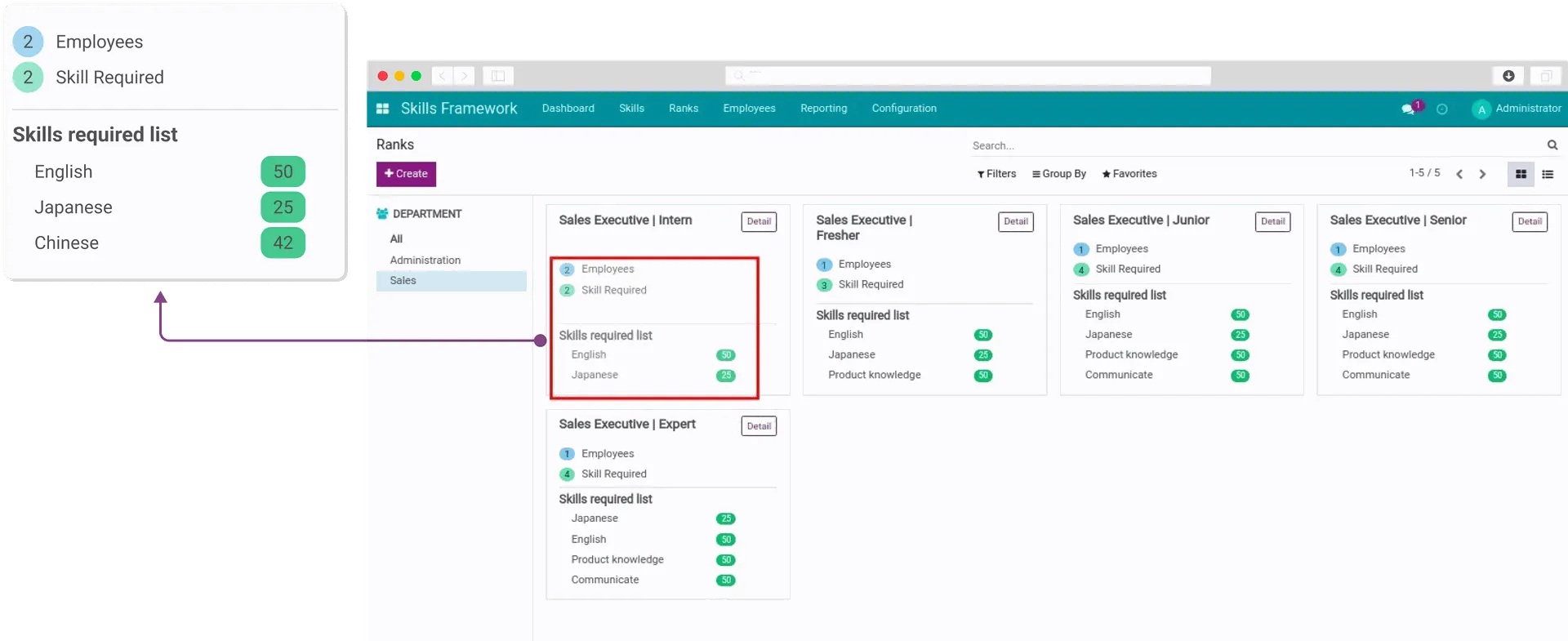Talent retention is a paramount challenge for businesses in today's dynamic job market. More than just offering competitive compensation, it encompasses comprehending the value of exceptional employees and implementing effective strategies to keep them committed and engaged with the company. In this article, we delve into the significance of talent retention, getting the understanding right, and executing retention strategies effectively
Why does Talent retention matter?
The role of Talent Retention in human resources is significant and multifaceted. Below are some important roles of Talent Retention in the human resources strategy:
Preserving Knowledge and Skills
Talent Retention helps preserve the valuable knowledge and skills of employees within the organization. These individuals often possess deep knowledge of job processes, industry-specific insights, and specialized skills.
Ensuring Workforce Stability
Retaining talent contributes to workforce stability by reducing turnover. This prevents fluctuations in staffing, ensures continuity in operations, and minimizes labor shortages.
Fostering Career Development
Talent Retention includes providing opportunities for career growth and advancement for employees. This helps them see a future within the organization, motivating them to stay committed and develop their careers..
Reducing Hiring and Training Costs
High turnover leads to increased recruitment and training costs. Talent Retention aims to minimize these expenses by retaining and developing existing employees.
An employee leaves your business will lead to arising costs
Building a Positive Organizational Brand
A successful Talent Retention strategy helps build a positive organizational brand. When employees feel valued and supported, they become advocates for the organization, attracting top talent and creating a unique identity for the organization.
Enhancing Organizational Competitiveness
Retained talent contributes to improved productivity, creativity, and organizational competitiveness. They tend to be more dedicated, leading to greater efficiency and work quality.
Supporting Succession Planning
Talent Retention is closely related to succession planning. It helps identify and prepare potential leaders within the organization, ensuring a smooth transition in leadership positions when needed.
Measuring and Analyzing Employee Commitment
Talent Retention efforts involve monitoring employee commitment and job satisfaction. This data helps HR professionals identify areas for improvement and fine-tune retention strategies.
Promoting a Culture of Continuous Learning
Organizations that prioritize Talent Retention often invest in ongoing learning and development opportunities. This supports employees' personal and professional growth, making them feel valued and motivated to stay.
Sustaining Long-term Organizational Growth
Ultimately, the role of Talent Retention in human resources is to sustain the long-term growth and success of the organization. By keeping valuable employees engaged and committed, companies can navigate challenges and seize opportunities effectively.
Talent Retention is a crucial aspect of human resources management that plays a vital role in preserving knowledge, fostering growth, reducing costs, and enhancing the overall competitiveness and success of an organization.
>>>> See More: Employee Experience - A key factor in retaining talent
The ways to execute talent retention correctly
Retaining talent not only requires a correct understanding of its significance but also demands the effective implementation of specific measures. Below are some ways to execute talent retention correctly:

Frequent layoffs confuse employees who stay
Identifying and Evaluating Talent
To retain talent, it's crucial to first identify individuals with unique value and potential within the organization. This necessitates assessing and monitoring the performance, skills, and contributions of each employee.
Providing Advancement Opportunities
Creating opportunities for career development is a vital aspect of talent retention. Ensure that those with potential and capabilities have opportunities for advancement and growth.
Offering Competitive Compensation and Benefits
Ensure that your compensation packages, including competitive base salaries and benefits like insurance and flexible work arrangements, are competitive with the market.
Investing in Training and Development
Provide training and development programs to help employees enhance their skills and continue learning, creating opportunities for personal growth.

See more: E-learning Software for business
Providing Advancement Opportunities
Creating opportunities for career development is a vital aspect of talent retention. Ensure that those with potential and capabilities have opportunities for advancement and growth.
Offering Competitive Compensation and Benefits
Ensure that your compensation packages, including competitive base salaries and benefits like insurance and flexible work arrangements, are competitive with the market.
Investing in Training and Development
Provide training and development programs to help employees enhance their skills and continue learning, creating opportunities for personal growth.
Cultivating a Positive Work Environment

Establish a positive, supportive work culture that fosters motivation and encouragement for employees to excel. This environment may include career advancement programs, open communication, and a focus on fostering creativity.
Listening and Providing Feedback
Actively listen to employee feedback and offer constructive responses. This helps build commitment and demonstrates that their contributions are valued.
Promoting Connectivity and a Sense of Belonging
Create opportunities for meetings and connections among employees to foster a sense of teamwork and unity.
Maintaining Contact and Monitoring
It's essential to continuously monitor and stay in touch with talent. This allows you to stay informed about changes in their feelings and goals.
Integration into HR Strategy
Talent retention should be an integral part of the organization's overall human resources strategy.
Measuring and Evaluating Results
Regularly track and measure the effectiveness of talent retention strategies to ensure they have a positive impact and make adjustments as needed.
In conclusion, retaining talent requires a proper understanding of the value of talent and the implementation of specific strategies and measures to maintain and develop these valuable assets within the organization.
The Common Errors When Assessing the Appropriateness of a Talent Retention Strategy
Here are more specific mistakes that organizations may encounter when determining the suitability of a Talent Retention strategy:
Failure to Classify Talent
A common mistake is that organizations do not differentiate between employees based on their talent levels. Some individuals have a significant impact on the organization's success, while others do not. A Talent Retention strategy should distinguish between key talents and regular employees.

Talent refers to individuals within the organization who possess exceptional skills, expertise, and the potential to make a significant impact on the organization's success. These individuals are often considered critical to the company's long-term growth and competitive advantage. On the other hand, employees encompass the entire workforce, including both talented individuals and those who may not possess unique or specialized skills.
Infrequent Feedback Collection
.Organizations may not regularly collect feedback from employees regarding their perceptions of the work environment and development opportunities. This can result in missing out on issues that could cause dissatisfaction and employee departures.
Lack of a Learning and Development-Focused Environment
If an organization does not foster an environment that promotes continuous learning and development, talented individuals may feel they have no career growth opportunities within the organization and may decide to leave.
Failure to Monitor the Job Market
A common mistake is not monitoring the job market to understand competitive salary and benefits trends. This can lead to unattractive compensation and benefits packages that prompt talent to leave.
Neglecting Organizational Culture
Organizational culture can play a vital role in talent retention. If an organization does not invest in building a positive and motivating work culture, employees may not feel satisfied and could choose to leave.
When empowered, employees feel more responsible
Lack of Clear Career Advancement Plans
If there are no clear career advancement plans in place for talented individuals, they may feel uncertain about their future within the organization and may seek opportunities elsewhere.
Not Providing Learning and Personal Development Opportunities
If an organization does not offer opportunities for employees to develop their skills and knowledge, they may feel limited and unable to grow.
Failure to Monitor and Measure
An essential mistake is not monitoring and measuring the performance of the Talent Retention strategy. This results in a lack of knowledge about whether the strategy is effective or if adjustments are needed.

Good employees need to be recognized and rewarded appropriately
To avoid these mistakes, organizations need to conduct a thorough assessment of their needs, focus on key talents, regularly collect feedback from employees, create a learning and development-oriented environment, monitor market conditions, invest in organizational culture, establish clear career advancement plans, offer learning and personal development opportunities, and continuously monitor and measure the effectiveness of their Talent Retention strategies.
An extremely effective tool that businesses can use to minimize mistakes is the application of technology. Let's learn more useful information about this field
Using Viindoo Software for Talent Retention
Viindoo is a cloud-based Enterprise Resource Planning (ERP) system designed for small and medium-sized businesses. Here's how you can utilize Viindoo software for talent retention:
Employee Information Management
Use Viindoo to store and manage comprehensive employee information, including work history, skills, performance evaluations, and career aspirations. Having a centralized database of employee data helps you understand your workforce better.
The exemplary boss will earn the respect and raise the interest of the employees to learn
Viindoo Employee profile management software helps administrators:
- Easily manage all data and information
- Analyze, report, centrally store information on records, contracts, working time, reveal the development process of personnel.
- Easily search records and does not fail to support information storage on the 1st platform
See more: Viindoo Employees
Compensation and Benefits
Use Viindoo to manage compensation and benefits packages. Ensure that your compensation structure is competitive in the market to retain top talent. Viindoo can help automate salary adjustments and bonus calculations.
A competitive salary policy to retain talents
Viindoo Payroll automates salary calculation, and replaces the traditional method, saving time and resources for businesses.
Succession Planning
Viindoo can be adapted for succession planning by identifying employees with leadership potential and creating career progression paths for them. This ensures that future leaders are groomed within the organization.

A clear promotion roadmap makes employees want to stay with the organization
Viindoo HR Skills Framework - Emphasize the human value in the business
- Supports building a suitable Human Resource Skills Framework for different roles, ranks, and job positions to clarify to employees about needed skills to promote their career path
- Follows the "People-centric" core value, which is an indispensable part of Viindoo HRM - Comprehensive Human Resource Management Solution.
Employee Engagement
Implement engagement surveys and feedback mechanisms within Viindoo to gauge employee satisfaction and gather suggestions for improvement. Addressing employee concerns can enhance their commitment to the organization.
Workplace Policies and Communication
Store and communicate workplace policies and procedures through Viindoo. Keep employees informed about organizational changes, benefits updates, and other important announcements.

Employees are the bridge between Apple and customers
Viindoo Discuss helps businesses:
- Maintain connections within your company in a centralized, organized way.
- Never miss any notifications or messages.
- Form the habit of organizing work effectively based on the principle of Getting Things Done.
Analytics and Reporting
Utilize Viindoo's analytics and reporting capabilities to track retention metrics. Generate reports on turnover rates, employee satisfaction, and other relevant data to identify areas that need improvement.

The Regularly organizes employee training and development programs
Employee Self-Service Portal
Set up an employee self-service portal within Viindoo where employees can access information about their benefits, training opportunities, and career development resources. This empowers employees to take charge of their growth within the organization.

Viindoo's Employee portal
Integration with Recruitment
Consider integrating Viindoo with your recruitment process. Use it to track the performance of newly hired employees and assess the effectiveness of your recruitment efforts in bringing in top talent.
Employees are working with a noble mission
Recruitment software is part of the company's HRMs software system. The software supports the management of the entire recruitment process and optimizes the implementation stages from proposal, candidate search to interview, evaluation, and response to recruitment results.
By leveraging Viindoo's features and adapting them to your specific needs, you can develop a comprehensive talent management strategy that aligns with your organizational goals.
>>>> Related Articles:
